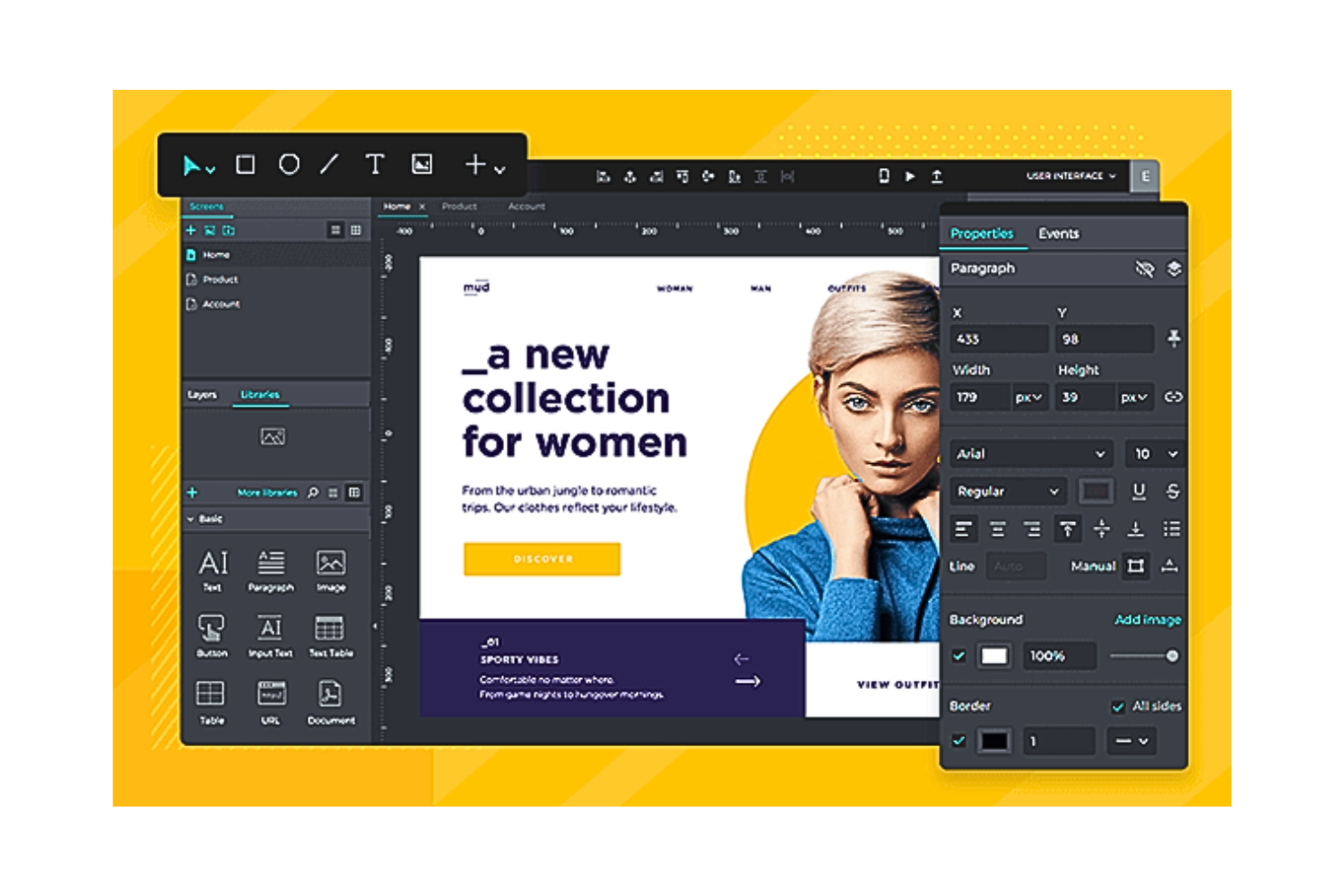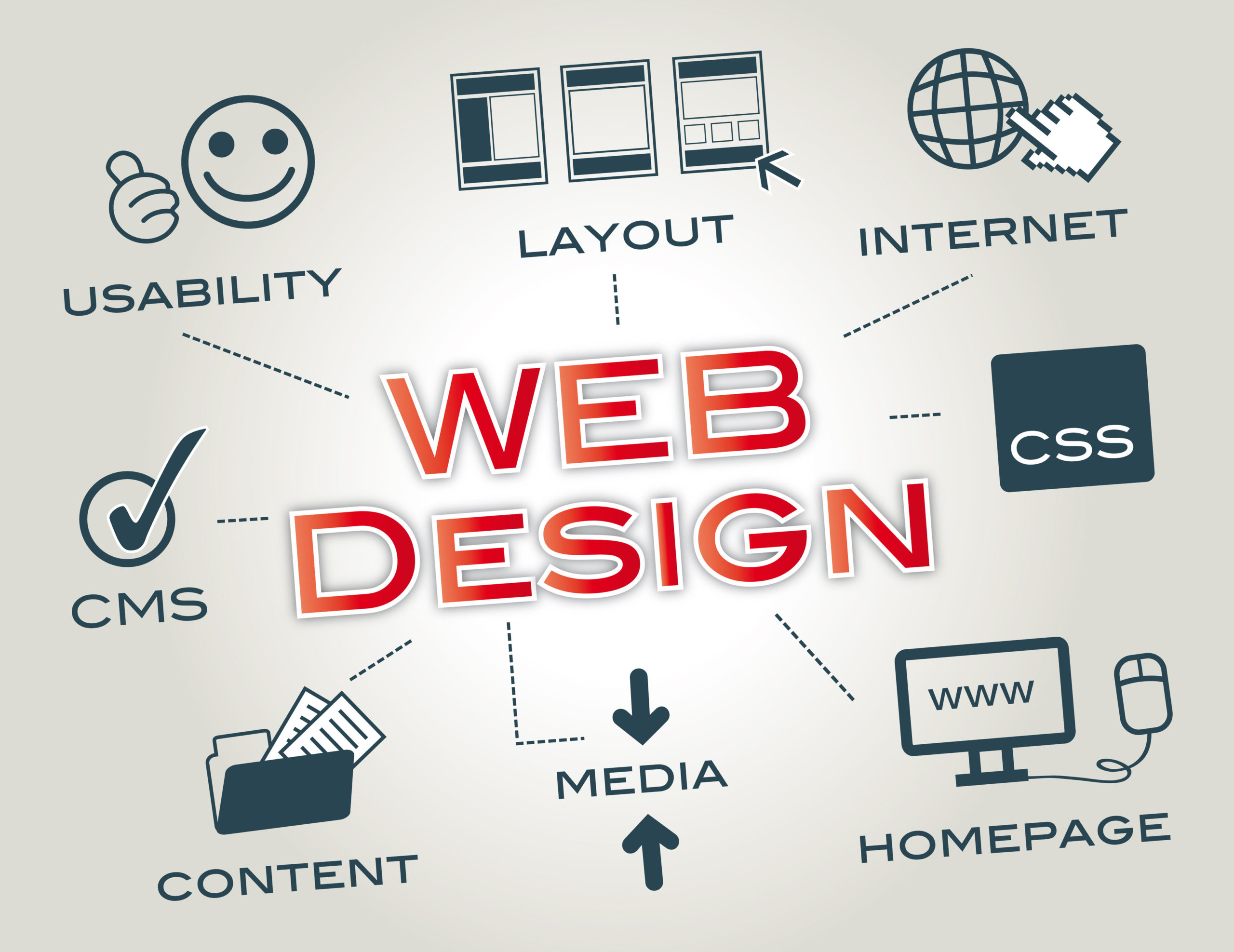The Influence of Web Design Philippines on E-Commerce Success
The Influence of Web Design Philippines on E-Commerce Success
Blog Article
User-Friendly Website Design for Smooth Online Experiences
The journey towards achieving seamless on the internet experiences involves browsing a complicated interplay of style components and user expectations. Recognizing these nuances elevates vital questions concerning the future of web layout and its role in shaping customer interactions.
Significance of User-Friendly Design
User-friendly style is vital in today's electronic landscape, as it continually improves user experience and satisfaction. In an age where users have many alternatives at their fingertips, a web site that prioritizes straightforward design stands out by efficiently meeting the needs of its target market. This layout approach not only improves access yet likewise fosters involvement, making sure that visitors can browse the site with simplicity and discover the details they seek without irritation.
Additionally, user-friendly design plays a substantial role in developing trust fund and trustworthiness. When customers experience a user-friendly and efficient interface, they are more probable to regard the brand positively. This understanding can lead to boosted customer loyalty and higher conversion prices, as customers are more inclined to return to a site that provides a seamless experience.
Furthermore, a concentrate on easy to use style can lower bounce rates, as site visitors are less likely to leave the website if they discover it easy to utilize. Web Design Philippines. By prioritizing user demands, businesses can produce a reliable on-line visibility that drives success and cultivates long-term connections with consumers. In summary, straightforward layout is integral not only for individual satisfaction but also for achieving broader service goals
Key Concepts of Use
Emphasizing clarity and simplicity, the vital concepts of functionality serve as fundamental components in creating reliable web styles. These concepts ensure that individuals can interact with a site intuitively, resulting in a more enjoyable customer experience.
One basic concept is uniformity. A constant interface permits users to forecast outcomes based upon previous communications, reducing confusion and boosting navigation. Effective feedback mechanisms are vital; individuals ought to receive prompt responses to their actions, such as verification messages or mistake informs, which guide them with their jobs.
An additional critical principle is accessibility. A useful layout needs to fit customers of varying capacities and settings, ensuring that every person can engage and access with the web content perfectly. This consists of making use of legible font styles, ideal shade contrasts, and different message for pictures.

Navigation and Structure
Reliable navigating and structure are crucial parts of any effective website design, as they straight influence exactly how individuals communicate and discover with web content. An efficient web site allows individuals to find details quickly, cultivating a favorable experience that encourages them to stay longer and involve more deeply.
To achieve effective navigation, developers must focus on clearness and simpleness. This can be achieved with the usage of user-friendly food selection structures, plainly labeled groups, and a conveniently obtainable search function. Uniformity across web pages is equally important, as it permits users to develop a psychological map of the website, decreasing cognitive load and improving use.
Furthermore, integrating breadcrumbs gives customers with context regarding their area within the site, allowing them to navigate back to previous areas effortlessly.
A rational power structure is vital when structuring content, with key subjects plainly showed and additional information nested appropriately. This approach not only aids navigating yet also sustains search engine optimization initiatives by clearly defining the connection between different web content components. Eventually, a thoughtful navigating and structure style boosts customer satisfaction, advertising smooth on-line experiences that fulfill customers' demands successfully.
Responsive Design Strategies
Just how can web developers make sure that their sites offer an optimal experience across a selection of gadgets? The solution depends on using responsive layout strategies. These methods permit internet sites to adapt effortlessly to different display sizes and positionings, guaranteeing performance and appearances continue to be intact.
One essential strategy is making use of liquid grids, which include their explanation designing formats that use family member systems like portions rather of fixed pixels. This versatility allows aspects to resize proportionally, suitable any kind of screen. Additionally, media inquiries play an important role in receptive style, enabling the application of details CSS styles based on gadget characteristics such as width and resolution (Web Design Philippines). By defining breakpoints, developers can tailor the look of content to boost usability.
An additional reliable strategy is carrying out receptive pictures that automatically adjust their dimension according to the device, enhancing filling times and maintaining quality. Mobile-first design urges the creation of sites with a key emphasis on mobile users, considerably improving functions for larger displays.
Integrating these receptive layout strategies makes sure that web sites not only deal with varied devices but also supply a regular and rewarding customer experience, inevitably adding to the success of an online presence.
Enhancing Customer Interaction
While a well-designed web site can bring in site visitors, boosting customer interaction is crucial for maintaining their passion and encouraging interaction. Involving customers requires a multifaceted technique that prioritizes instinctive layout, pertinent web content, and interactive features.
First, a clear and user-friendly navigation structure is crucial. Visitors must conveniently find what they're seeking without unnecessary clicks. Carrying out breadcrumbs, search bars, and rational categorization can significantly improve navigation.
2nd, dynamic content plays a pivotal function in keeping individuals involved. Routine updates, blog articles, and customized referrals based on customer habits can foster a sense of connection.
Including interactive components such as tests, surveys, and comment sections can likewise boost interaction by inviting individuals to get involved actively. Furthermore, utilizing visual narration via infographics and video clips can catch focus and share messages better than message alone.
Finally, maximizing filling rate and making sure mobile responsiveness are important parts in preserving individual rate of interest. A seamless experience across tools stops disappointment and motivates individuals to check out further.
Conclusion
In conclusion, easy to use internet layout is critical for making certain smooth online experiences that boost individual satisfaction and interaction. By adhering to vital concepts of functionality, implementing instinctive navigating, and employing receptive style methods, web sites can considerably enhance individual communication.

In final thought, easy to use internet layout is crucial for making certain smooth online experiences that improve individual fulfillment and interaction.
Report this page